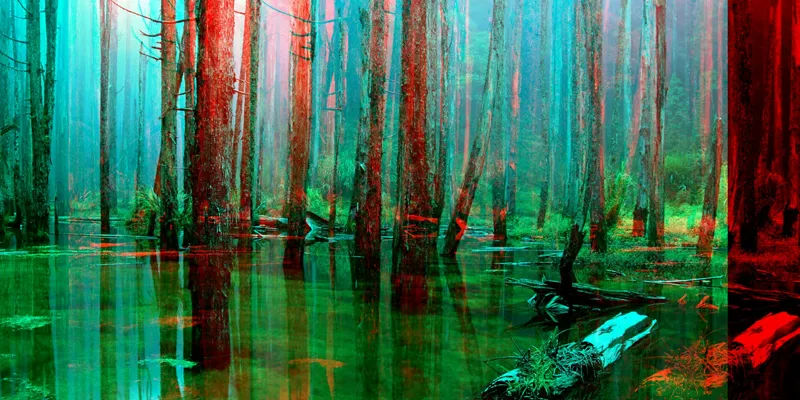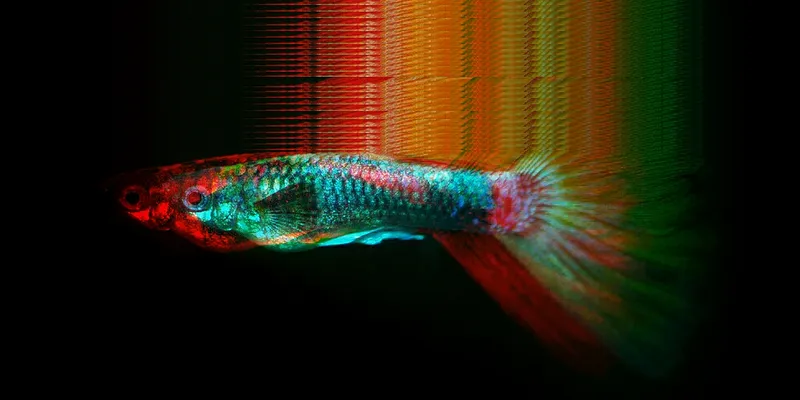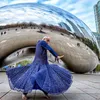'The art market may be dead but art is not': Gallerist Sahil Arora offers a culture guide in the times of the coronavirus
Artists and galleries have already begun to suffer great financial loss. But gallerist Sahil Arora, founder of Method Art Space, believes that while there seems no hope in sight for the art market, there is hope for art.
There is no denying that Covid-19 has and will continue to shake the world and no industry will come out of it unscathed. Whenever the economy is hit, luxury items like art are the first to go. They are also the ones that take the longest to recover.
Artists and galleries have already begun to suffer great financial loss, and there is no telling when things will ease up for either. By design, galleries offer an in-person experience that cannot adequately be replaced by digital alternatives.

Art galleries may be seeing a slump but art will thrive (Pic: Shutterstock)
Almost every gallery has made their art available for purchase online, but part of the push to buy is often the feeling one gets while standing in the presence of the work. Some galleries have started opening for people by appointment viewings and this limits access not just to collectors, but more specifically, ripe buyers.
Yet, while there is no hope in sight for the art market, there is most definitely hope for art.
Art movements
The art market isn’t synonymous with an art movement, and the artistic “success” can’t be defined solely in monetary terms. Many of the greatest art movements of modern history began to take form during difficult times, such as war or revolution.

Third Eye by Randolph Correia
Realism emerged for the world to see a few years after the French Revolution of 1848, but the beginnings of transformation towards this art form occurred before and during. Dadaism and Surrealism came into existence with the first and second World Wars. Though these art forms are rarely – if ever – remembered specifically as Resistance art, they were revolutionary in defining entire eras and shaping worldviews.
Dadaism and Surrealism were more than just art forms, they were also counter-culture movements. Dadaism was largely an anti-bourgeois protest. In Berlin, the movement was heavily tied to anti-colonialist movements. As for the Surrealists, Leon Trotsky and the father of Surrealism, André Breton, co-authored the Manifesto for a Free Revolutionary Art in the middle of World War II.
Brave new world
Right now, the world is at a crossroad. Though perhaps an aggrandized version, this moment is not entirely unlike eras that proceeded great artist movements of the past.

Beam Me Up by Randolph Correia
Now, we’ve been given an unbelievable opportunity to take pause before going forward. Do we want to continue on the same path of environmentally destructive capitalism that we’ve been barreling down for the last few decades?
Should we continue in a world of ever- widening wealth divide? Or do we want something different, something better? Artists may not have all of the solutions, but they might have some of them, or at the very least do what it is they have always done: given expression to collective ideas, feelings, and desires those of us less artistically inclined cannot seem to visually articulate.
A shift in dynamics

Nurture Nature by Ashwin Chacko
It’s important to note, however, that with the emergence of any new art movement, the artists leading the charge did not make money, at least not right away. Of course, a hundred years after Dadaism, in 2020, this could play out differently. But what has been and almost certainly will be true is the fact that with major havoc in world dynamics comes an undeniable shift in the art that is produced.
Perhaps times of uncertainty allow artists to break free from the entanglements of art for capitalistic endeavors. They have time and headspace to explore what it is they really want to say to the world. The most creative minds aren’t consumed with the latest commissioned artwork or the next branding project. Instead, they are able to listen to the world around them, and even more so to themselves, in order create something that is authentic.
Best art of all
Though it may be some time before artists will gain from their hard work, whether in terms of sales or accolade from an eager audience standing before a moving piece of work, this is the time when great seeds are sown.
No doubt there will be financial problems and growing pains ahead. But what will, in time, break through the surface is likely to be something much more powerful than anything we’ve seen in decades. Decades from now, this could be the most valuable artwork of all, financially and culturally speaking.
Images credit: All the art images are from Method Art Space, founded by Sahil Arora
Representational images: Shutterstock
Edited by Asha Chowdary
(Disclaimer: The views and opinions expressed in this article are those of the author and do not necessarily reflect the views of YourStory.)









![[YS Exclusive] ‘Had to let a meaningful number of people go for the company’s growth’: Freshworks CEO Dennis Woodside](https://images.yourstory.com/cs/2/fe056c90507811eea8de27f99b086345/CopyofNewPPTTemplates62-1736395865849.jpg?mode=crop&crop=faces&ar=1%3A1&format=auto&w=1920&q=75)